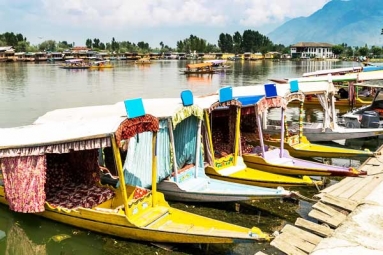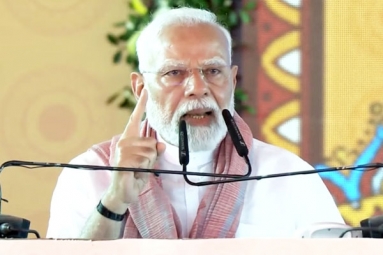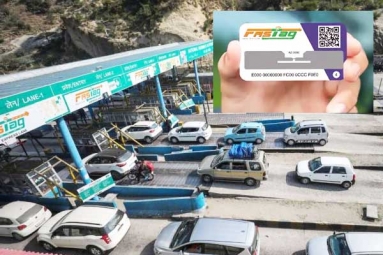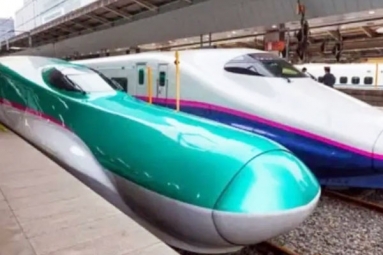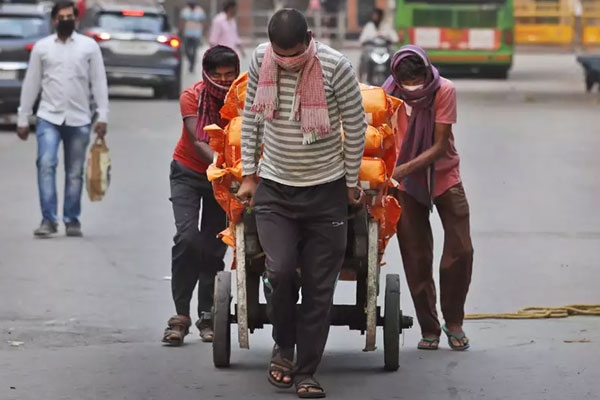
(Image source from: timesofindia.indiatimes.com)
While the entire world has praised the proactive decisions of lockdown taken by the Indian government, things have started to be questioned now. The country is now in its third phase of lockdown or the Lockdown 3.0.
India announced its very first lockdown on March 25 till April 15, which was then extended till May 03. Owing to the rapid spread of the virus, the lockdown has been further extended till May 17, which is the Lockdown 3.0.
The first phase of the lockdown did witness some positive results in the first week of April, announcing that they have extended the rate of doubling of the infection from 3 days to 6.2 days. The phase also witnessed slowing down of the confirmed cases in a few of the states across India.
The second phase of the lockdown witnessed the number of confirmed cases at around 9000. The second phase of the lockdown witnessed some relaxation in a few sectors to bump up the economy and not let everything in a standstill.
The same included a few relaxations in the agricultural sector and a few of the small and medium scale industries. This phase also witnessed some of the migrant workers being able to return home.
The relaxation and a possible sense of early relief introduced a fluke the number of cases have since then skyrocketed, taking the total confirmed cases to over 43,000 now. The constant choice between life and livelihood is a matter of dilemma at this point and some of the relaxations introduced in the third phase of the lockdown reflect that.
What kind of changes and relaxations to expect in Lockdown 3.0?
To help curb the spread of the Covid-19, the districts in the country have been colour coded into red, green and orange zones. The curbs will vary depending on which colour zone the district is in. The red will experience the maximum and green, the minimum.
Red zones are the areas which include the hotspots in the district and have the maximum number of confirmed cases of Covid-19. Some of the factors that go into deciding the red zone includes the number of active cases and the rate of doubling.
Orange zones are the areas which fall neither under red zones or the green zones. They have mediocre spread and have fewer cases.
Green zones are the areas which have not reported any new cases in the last 21 days.
What are containment zones?
The containment zones are the areas in the red or orange zones which have a cluster of cases. These areas are under strict perimeter control and only the movement of essential services are allowed here.
The government have even advised the individuals in the containment zones to download the Aarogya Setu app to keep themselves informed.
Curbs on movement
Any kind of freedom of movement of people for non-essential activities has been prohibited from 7 pm to 7 am in all the zones. These don’t apply to the containment zones as they are already earmarked because of the stricter guidelines imposed.
Halted activities
The domestic and international flight movements are still are banned. Not just that, the railway operation, except for the government sanctioned as well as the inter-state buses are all banned at this point. Aside from that, schools, colleges and universities have also been banned.
All the other probable spaces of crowd including malls, theatres, sports complexes, gyms etc. are also closed.
What are the relaxations in green zones?
Except for the nationwide banned activities, there have been some relaxations allowed for the green zones areas. Even public buses can operate with 50% seating capacity. The bus depots with also carry a 50% capacity.
What are the restrictions in orange zones?
Restrictions in the orange zone are quite tough. Any kind of inter or intra bus movements are restricted. Taxis and cabs are allowed to only allow one or two passengers and not more. The inter district movement of individuals and permitted vehicles are allowed.
What are relaxations in the red zones?
The government has order lists with restrictions in some activities. The movement of vehicles have been allowed in certain cases. Only two passengers are allowed except for the driver.
Some of the industrial activities in special economic zones, manufacturing units of special goods and pharmaceuticals have been resumed. Staggered shits and social distancing are still mandatory.
All the malls and market complexes are shut down except for the ones selling essential items. Standalone shops are allowed but with proper social distancing protocols.
Private offices can operate with up to 33% strength. The government offices are going to operate with the people in the deputy level and above. The industrial and construction activities in the rural areas will be permitted again.
The lockdown 3.0 is set to continue till May 17, following which further news about the staggered reopening is likely going to be shared.
By Somapika Dutta






